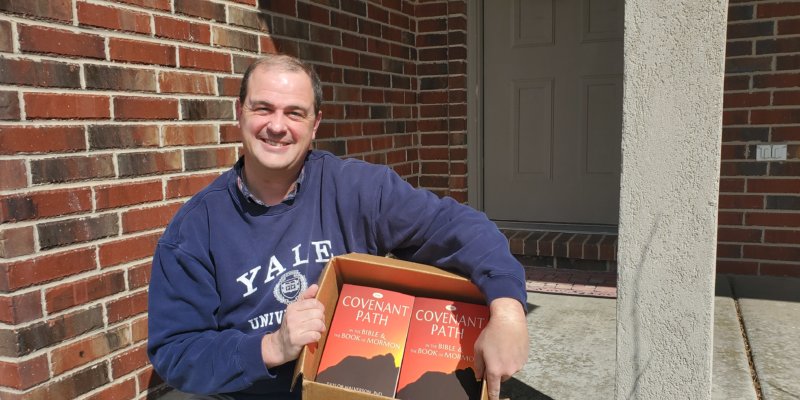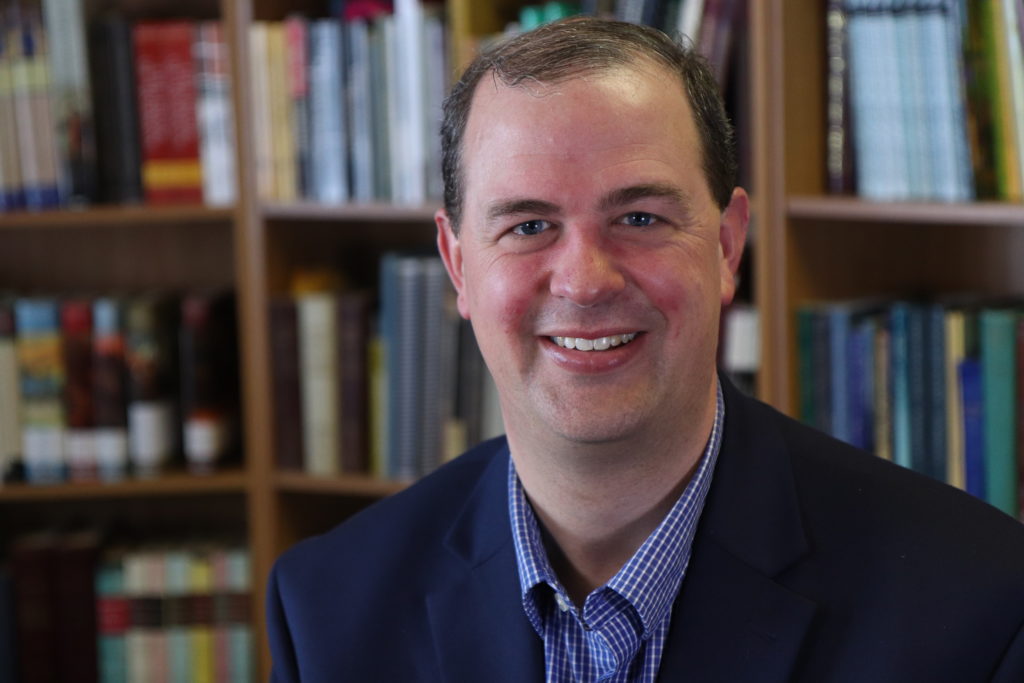Lecture. What is it? As a kid a lecture is what I would hear from my parents when I did something wrong. Strange that when I arrived to college I was still being lectured at by my “new” parents, college professors, as though something was wrong. Ironically, what was wrong was the technology of the lecture. No one had informed the professors that the technology of lecture had been eclipsed more than 550 years previously. I bet they would have liked to know that!
Lecture. What is it? Taken straight from the authoritative Oxford English dictionary:
1. lecture, noun. The action of reading, perusal; also, figuratively. Also, that which is read or perused. arch. [arch. means “archaic” usage or meaning of the term. Exactly! Lectures are an archaic technology!]
2. lecture, verb. intransitive. To deliver a lecture or lectures.
Word origin and etymology: from Latin lectura, < lect– , legere = TO READ.
Why, might I ask, are we reading to students in class? I thought that one of the fundamental skills required for college admission was a student’s ability to read. If students can already read, why are professors reading to them in class? Is that an effective use of time? An effective way to teach? An effective way to honor and support the incredible learning abilities of the students?
Why is the lecture such a “time honored” activity in education? Tradition (i.e., resistance to change). At one point in history, the lecture was the cutting edge technology for efficiently and effectively helping students to learn. Unfortunately, the education system, generally speaking, has not kept up with new technologies for efficiently and effectively helping students learn. The education system found a technology that worked (the lecture) and has stuck with it for centuries.
What changed?
The printing press. Invented ca. 1440-1450. Do the math. The printing press came online more than 550 years ago! Why did this technological innovation matter? Before the advent of the printing press how would a learner get access to content, to knowledge? Books, which were copied word for word by scribes, were prohibitively expensive. Secondly, experts were the best source of the latest knowledge and thinking. What if you could combine access to the best experts while also getting a copy of what they know? Voila, the birth of the student-scribe. It was an incredibly efficient and effective way for students to get access to content and to learn. How did it work? Students went to class and the expert-professor would lecture to the students and the students would write down everything word for word. That is, the professor would read to the students the content of his expertise from his own handwritten notes. Before the printing press, before college bookstores, students couldn’t buy the thinking and knowledge of an expert in the form of a book. They had to go directly to the expert. The expert had their expertise written out in book format, but since there was no printing press, and hence only one copy existed, the most efficient way for learners to get access to that expert content was for the expert to read it to them. And, as the expert read to them, the students acted as dutiful scribes, writing down every last word. Amazingly, then, each student had their own copy of the expert’s work when the course came to a close. What a phenomenally efficient solution to a vexing problem.
Disruptive innovation
But as I said, along came disruptive innovation – the technology of the printing press. Now the efficiency and effectiveness of getting access to the greatest thinkers in the world was magnified 1000 times. Since students could read for themselves, and buy books for themselves, there was no compelling reason to have a professor read the same knowledge to them. Then why did this tradition of reading to students (i.e., talking at them) – which should have been immediately put out of business – survive for more than 550 years? Tradition. As a comparison of how disruptive innovations usually take hold in society consider this. Any reader here still using a Sony Walkman? It was all the rage 30 years ago. Why not still use the technology of the Walkman? Newer and better technologies, such as smart devices, have arrived that meet the need that the Walkman was designed for. However, new technologies not only answer the need met by the Walkman but do so much more, so much more efficiently. Then why don’t we ditch the lecture and adopt up-to-date, relevant technologies for teaching and learning?
Change is happening. Disruptive innovation is coming to education. I’ve studied much of world history. I completed a PhD in the field of Judaism & Christianity in Antiquity and have taught World Civilization and World Religion courses. There have been many exciting epochs in world history. I believe that we live in the most exciting of all times. The field of teaching and learning impacts all other fields. This is why I believe it is the most exciting field to be involved in at the most exciting time in all of human history!
And the field is ripe for disruptive innovation, for new technologies of all sorts to unleash and support the incredible potential of human learning no longer bound down by the traditions of ancient practices.





